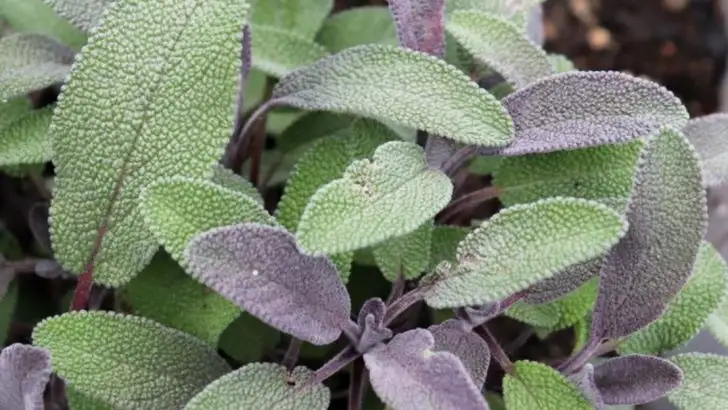When we think of herb gardens, familiar names like basil, mint, and rosemary usually come to mind. But beyond the classics lies a world of unusual herbs — full of bold flavors, unique aromas, and surprising benefits. These under-the-radar plants can elevate your cooking, attract pollinators, and bring fresh diversity to your garden beds.
Many of these lesser-known herbs are easy to grow and thrive in a variety of climates. Some have fascinating histories in traditional medicine or cuisine, while others are simply beautiful additions with unexpected uses. Whether you’re a seasoned gardener or just experimenting with herbs for the first time, growing something a little different can be deeply rewarding.
In this article, explore 18 unusual herbs that deserve a place in your garden. From the spicy to the floral, the medicinal to the ornamental, these plants offer new possibilities for flavor, fragrance, and function — and might just become your new favorites.
Anise Hyssop
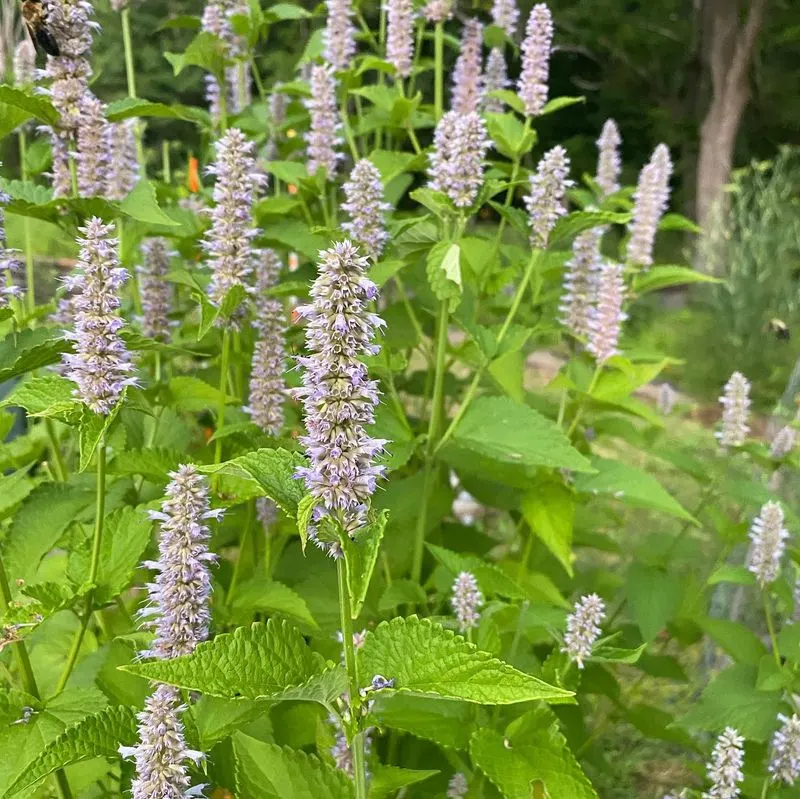
Anise Hyssop offers a delightful mix of sweet and licorice-like flavors that can elevate teas and desserts. Known for its vibrant purple flowers, this herb attracts bees and butterflies, adding a lively touch to any garden. Its leaves, when crushed, emit a fragrance reminiscent of anise, making it a sensory delight. Historically, Native Americans used it for medicinal purposes, appreciating its soothing properties. Anise Hyssop is not just a pretty face; it’s a versatile addition to your herbal repertoire. Consider planting it in a sunny spot to enjoy its full potential.
Borage
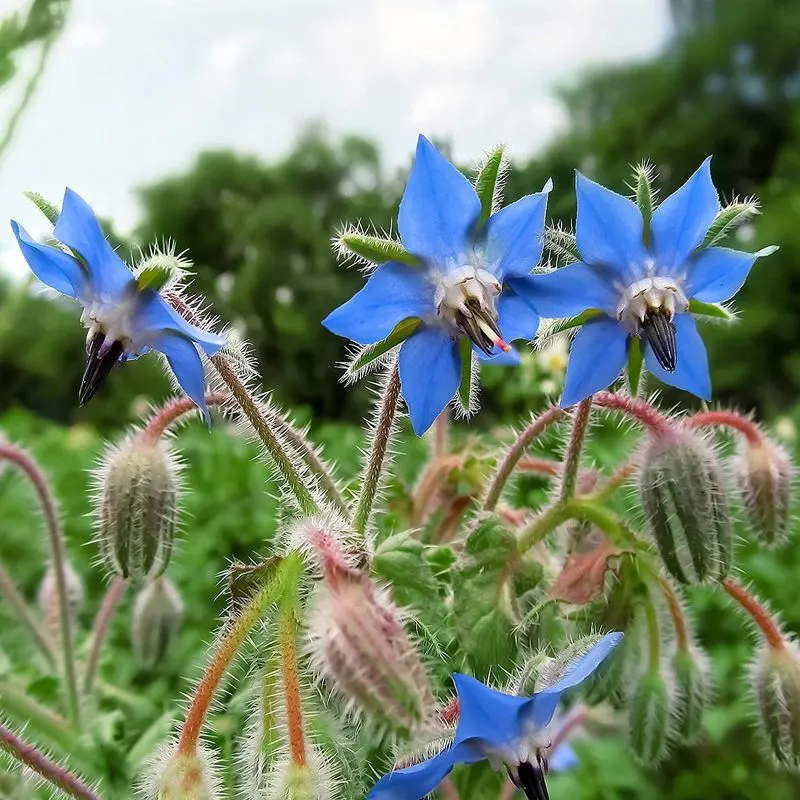
With star-shaped blue flowers, Borage stands out both in the garden and on the plate. Traditionally used in salads and as a garnish, its cucumber-like taste adds a refreshing twist to dishes. Beyond its culinary uses, Borage is cherished for attracting pollinators, boosting your garden’s productivity. Its vivid blossoms and bristled leaves create an appealing contrast. A historical favorite, it was once believed to imbue courage in medieval knights heading into battle. Cultivate Borage for a touch of history and a splash of color.
Lemon Balm

Lemon Balm, with its zesty lemon scent, is a bright addition to any garden. Its calming properties make it a popular choice for herbal teas aimed at relaxation. The plant’s bright green leaves not only add beauty but also serve as a natural mosquito repellent. Historically, it was associated with longevity, often cultivated in medieval monastic gardens. Lemon Balm thrives in well-drained soil and can spread quickly, so consider containers if space is limited. Add it to your garden for a fresh fragrance and a touch of tranquility.
Lovage
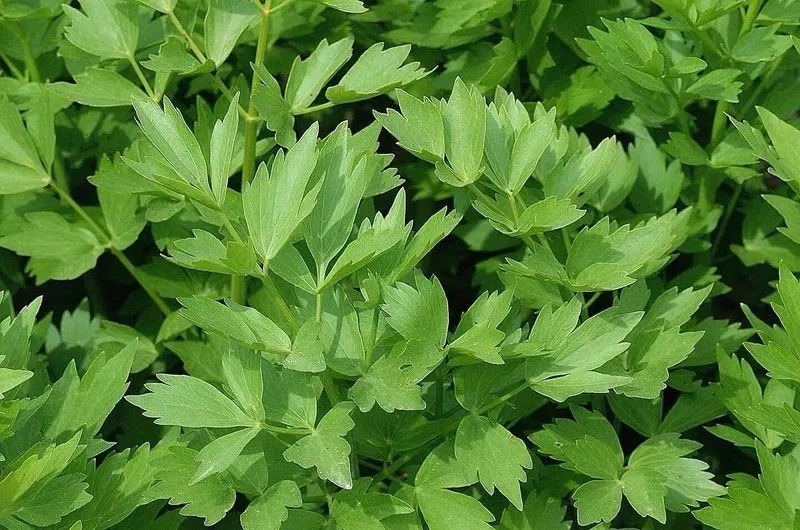
Lovage brings a bold celery-like flavor to soups and stews, making it a must-have for culinary enthusiasts. Its tall, hollow stems and umbrels of tiny yellow flowers add vertical interest to the garden. The leaves and seeds are both edible, providing versatility in cooking. Once a staple in ancient Roman cuisine, Lovage was valued for its digestive benefits. This herb’s robust nature allows it to thrive in various conditions, making it an easy and rewarding plant to grow. Consider Lovage for a historical and flavorful garden.
Salad Burnet
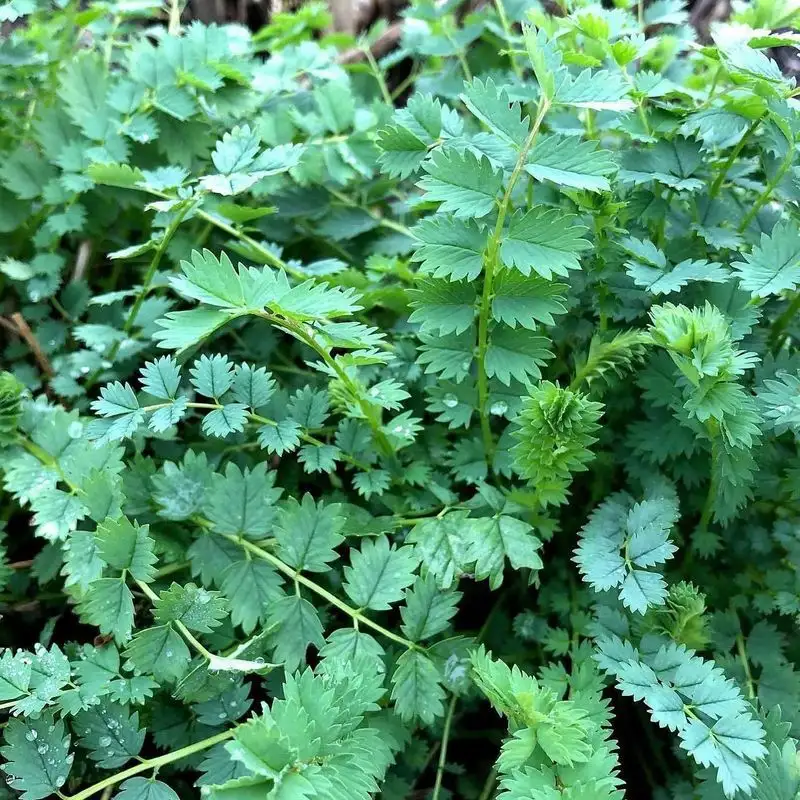
Salad Burnet’s delicate, cucumber-like flavor makes it a unique addition to your salad greens. Its fringed leaves and small, rose-like flowers add visual interest to the garden. This herb has been used since medieval times for its purported healing properties and refreshing taste. Not only does it enhance culinary creations, but it also attracts beneficial insects, supporting a healthy garden ecosystem. Salad Burnet thrives in sunny spots and is drought-tolerant, making it a resilient choice for gardeners seeking low-maintenance plants.
French Sorrel

French Sorrel offers a tangy, lemony flavor that enlivens salads and sauces. Its bright green, arrow-shaped leaves are as attractive as they are tasty. Traditionally used in French cuisine, it pairs well with fish and poultry dishes. This perennial herb is both hardy and easy to care for, preferring well-drained soil and partial shade. French Sorrel’s versatility in the kitchen is matched by its adaptability in the garden, making it a delightful addition for those who enjoy fresh, homegrown flavors. Include it for a touch of zest in your garden.
Stevia

Stevia, a natural sweetener, is ideal for those looking to reduce sugar intake. Its leaves can be used fresh or dried to sweeten beverages and desserts without calories. Beyond its culinary benefits, Stevia’s bushy appearance adds greenery to the garden. Native to South America, it has been used for centuries by indigenous peoples. Stevia thrives in warm climates and well-drained soil, making it a great choice for summer gardens. Grow Stevia to explore a natural way to satisfy your sweet tooth while maintaining a lush garden environment.
Culinary Sage
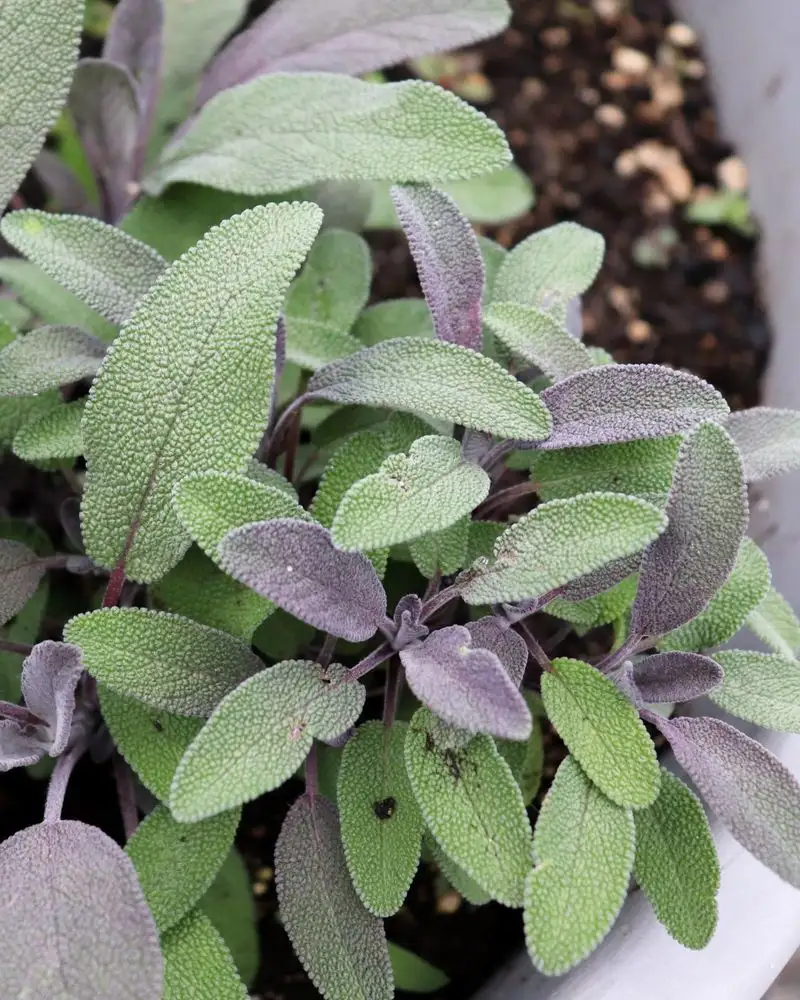
Culinary Sage is renowned for its earthy flavor and velvety texture. Its greyish-green leaves and purple flowers offer a beautiful contrast, making it a staple in both gardens and kitchens. Used traditionally in meats and stuffing, Sage’s robust flavor is complemented by its antioxidant properties. A symbol of wisdom, it was once believed to enhance memory. Sage thrives in sunny locations with well-drained soil, and its drought resistance makes it a low-maintenance choice. Cultivating Culinary Sage adds depth to your garden’s flavor and visual appeal.
Purple Basil
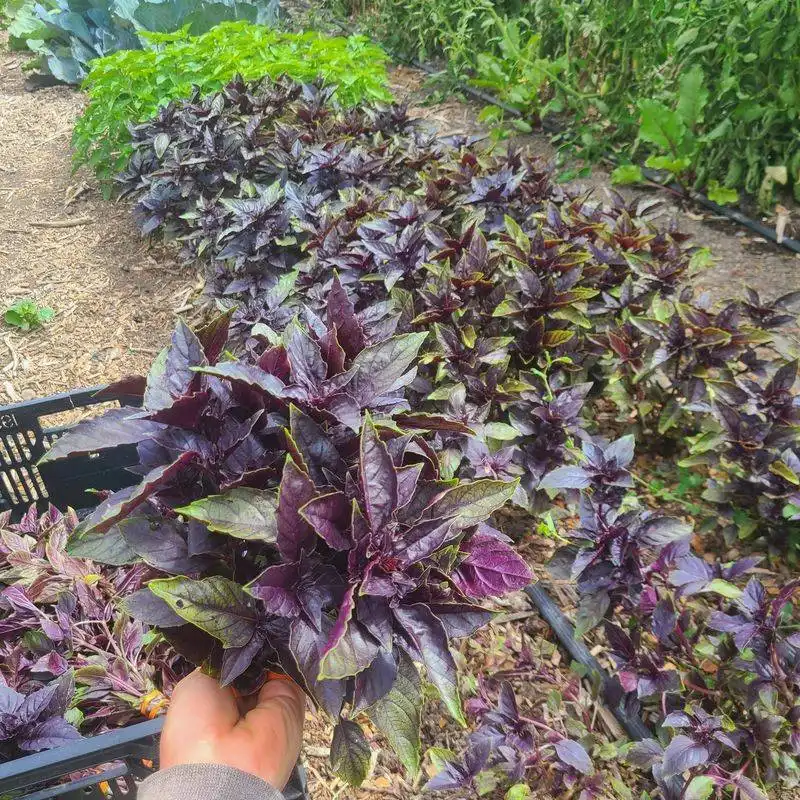
Purple Basil captivates with its striking dark leaves and aromatic scent. This variation of the classic basil offers a slightly spicier flavor, perfect for adding color and taste to dishes. Beyond the kitchen, its ornamental quality makes it a favorite among gardeners looking to add visual interest. Purple Basil thrives in sunny spots and well-drained soil, requiring regular pruning to maintain its shape. Originally cultivated in India, it holds a revered place in various cultural traditions. Add Purple Basil to your garden for a culinary and visual treat.
Hyssop
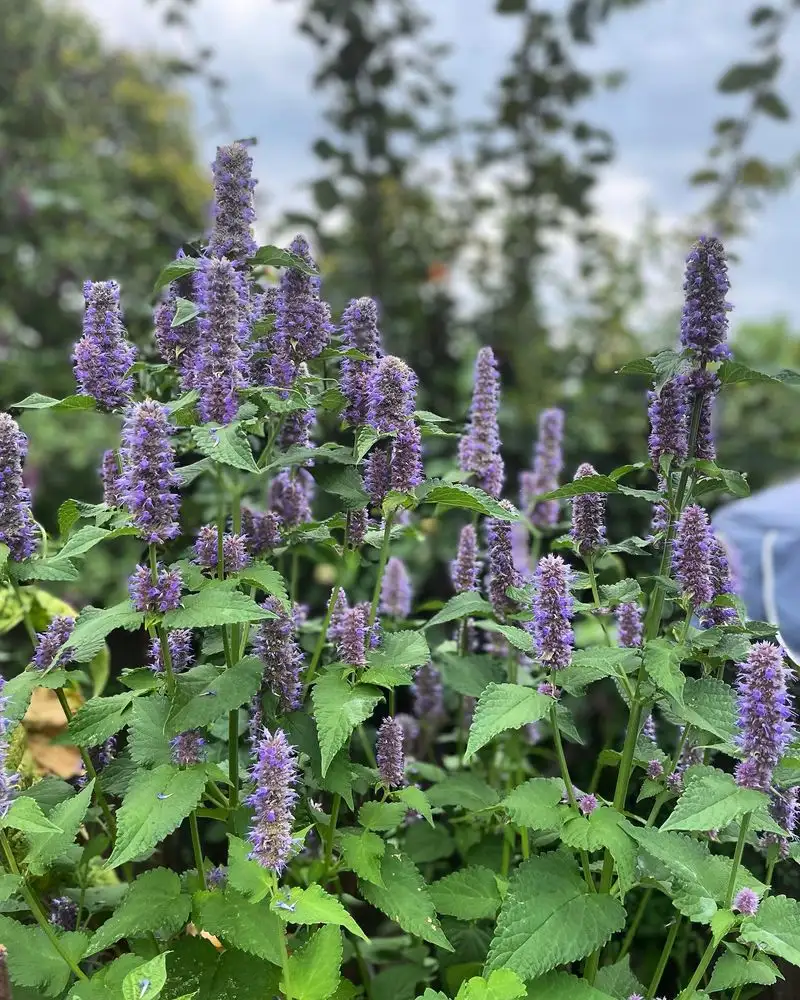
Hyssop, with its bright blue flowers, not only beautifies any garden but also offers a minty flavor for teas and marinades. Celebrated for its medicinal properties since ancient times, it was once used in religious rituals for purification. Hyssop’s ability to attract pollinators makes it an excellent companion plant. It thrives in full sun and well-drained soil, requiring little maintenance once established. Cultivating Hyssop gives you a taste of history and a burst of color, making it a worthwhile addition to any herb collection.
Lemon Verbena
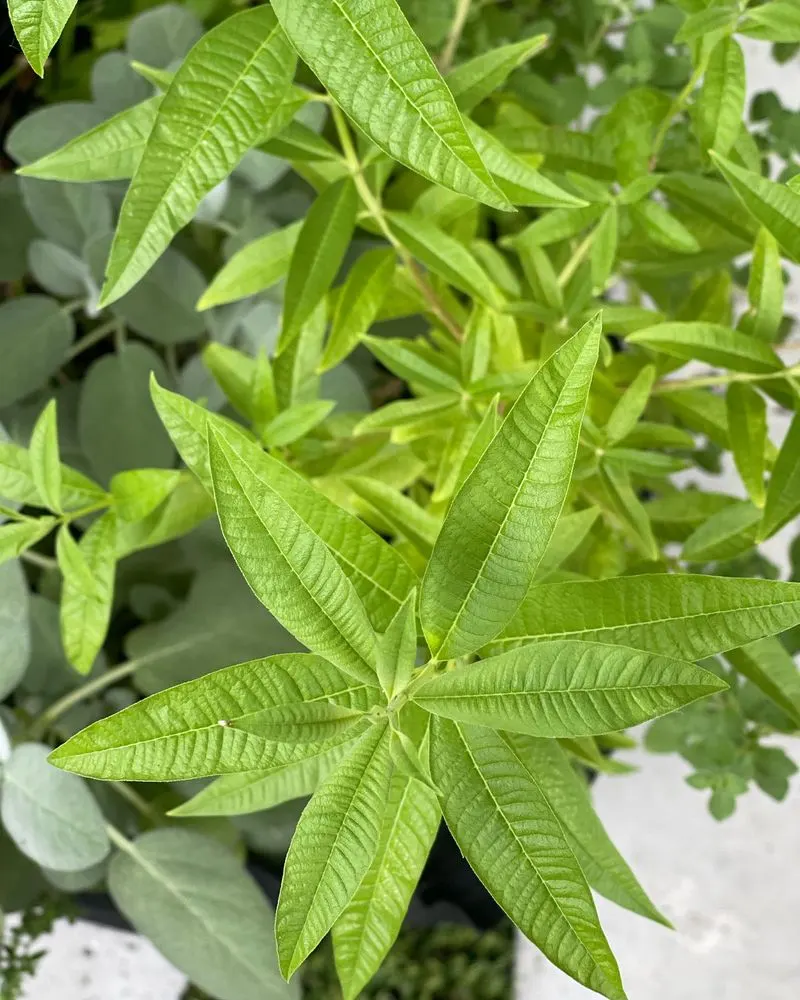
Lemon Verbena exudes a powerful citrus aroma that invigorates the senses. Its elongated leaves can be used in teas, desserts, and potpourris, offering versatility in use. This herb requires warm, sunny conditions and well-drained soil to thrive. Historically, Lemon Verbena has been valued for its calming effects and digestive benefits. Its lush foliage adds greenery and fragrance to any garden setting. By including Lemon Verbena, you bring a refreshing scent and a touch of elegance to your outdoor space, enhancing both your garden and your lifestyle.
Sorrel
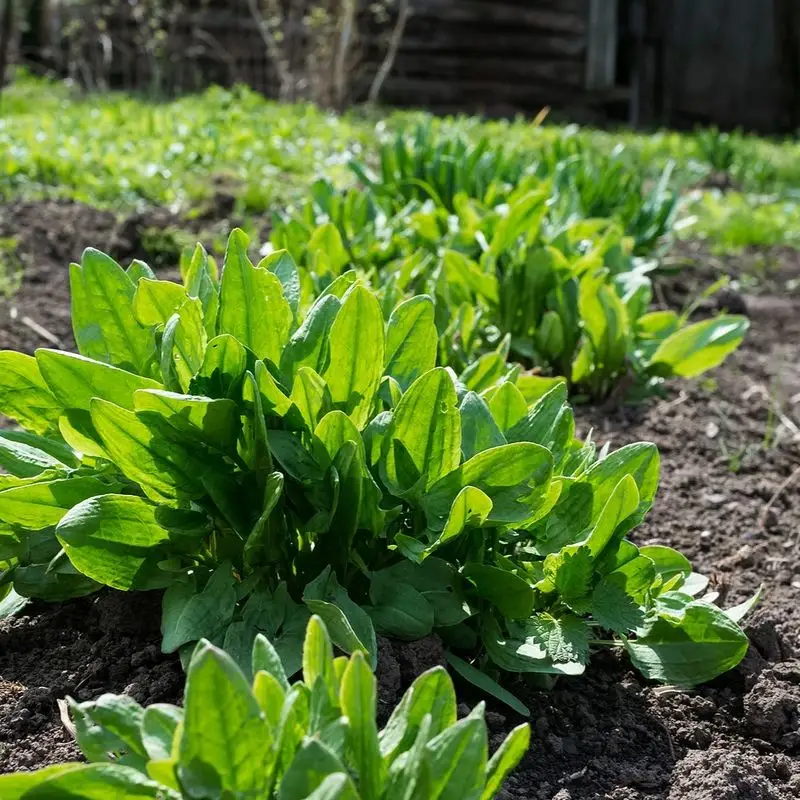
Sorrel, with its sharp, tangy flavor, is a favorite in soups and salads. Its lush green leaves are both nutritious and visually appealing, adding a vibrant touch to any garden. Known for its high vitamin C content, Sorrel has been used in traditional medicine for centuries. This hardy perennial prefers cool, moist conditions and can thrive in both sun and partial shade. By growing Sorrel, you’re adding a flavorful twist to your culinary creations while enhancing the greenery in your garden with its distinctive leaves.
Tarragon
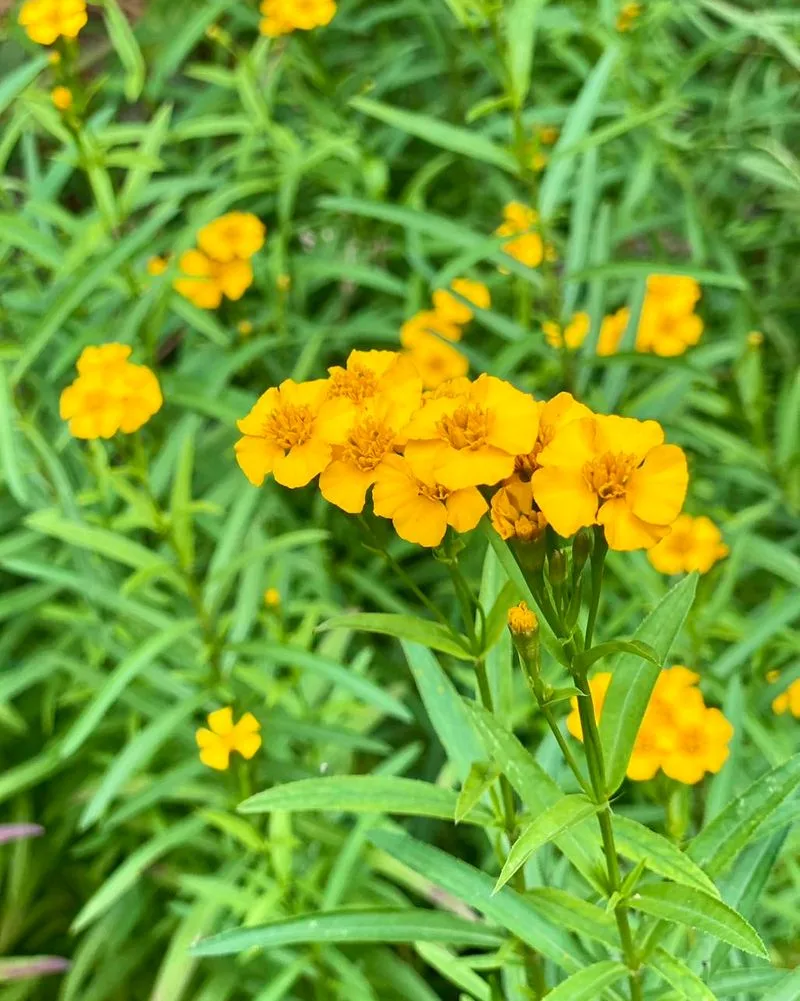
Tarragon brings a unique anise-like flavor that’s indispensable in French cuisine. Its slender, dark green leaves add elegance to the garden and the plate. This perennial herb is drought-tolerant and thrives in well-drained soil and sunny locations. Known as the “King of Herbs” in French gastronomy, it’s a key ingredient in béarnaise sauce and other classic dishes. Growing Tarragon offers culinary adventures and requires minimal care, making it perfect for busy gardeners. Incorporate Tarragon for a touch of sophistication and a dash of flavor.
Lemongrass
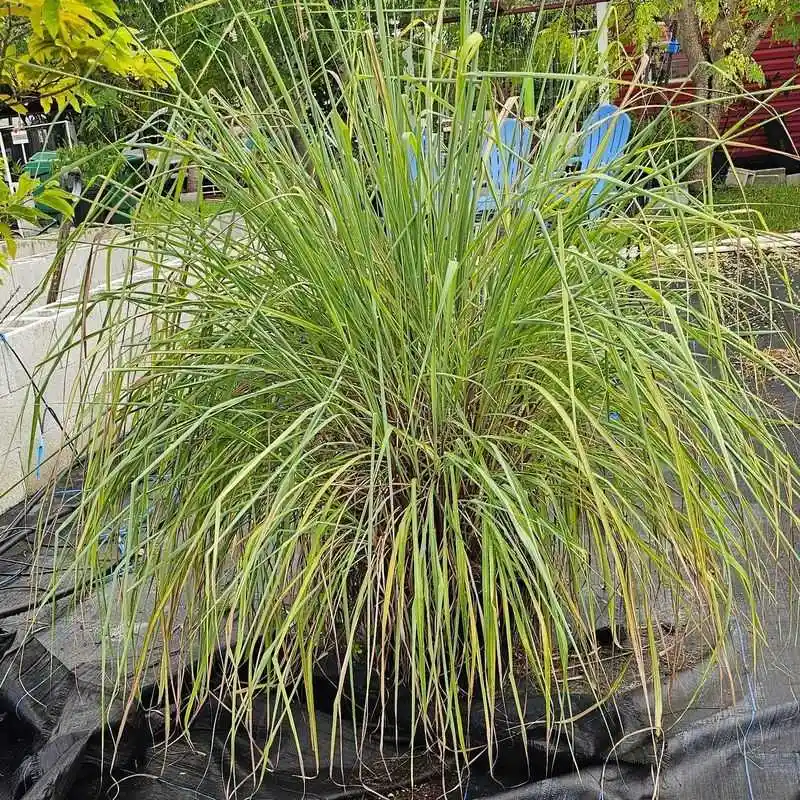
Lemongrass, with its refreshing citrus scent, is a staple in Asian cuisine. Its tall, slender stalks and lush foliage add an exotic touch to the garden. Beyond its culinary uses, Lemongrass is known for its potential health benefits, including aiding digestion and reducing inflammation. This tropical plant prefers sunny climates and well-drained soil, making it a perfect addition to warm gardens. By growing Lemongrass, you’re not only enhancing your culinary repertoire but also introducing a hint of the tropics into your garden space.
Angelica
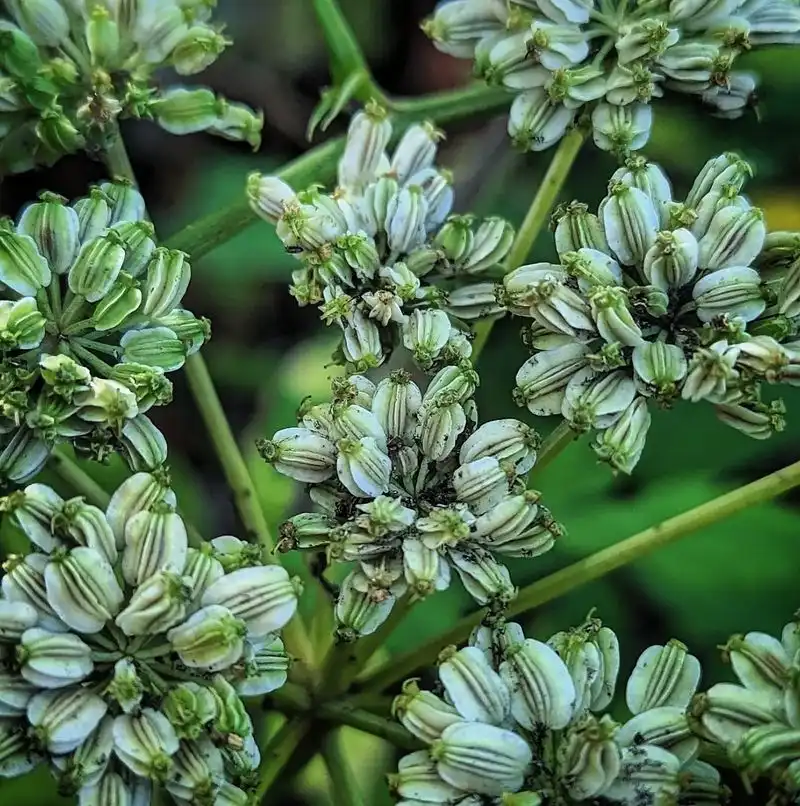
Angelica stands tall with its striking, umbrella-like green flowers and aromatic leaves. Historically, it was considered a symbol of protection and has been used in traditional European medicine. The stems and roots are edible, offering a sweet flavor that’s often used in confectionery and liqueurs. Angelica thrives in moist, well-drained soil and partial shade, making it adaptable to various garden settings. By adding Angelica, you’re embracing a plant rich in history and culinary potential, all while adding a dramatic focal point to your garden.
Chervil

Chervil, often referred to as “gourmet parsley,” boasts a delicate flavor reminiscent of anise. Its fern-like leaves add a touch of elegance to both dishes and the garden. This annual herb is a staple in French cooking, particularly in the classic fines herbes blend. Chervil thrives in cool, shaded environments, offering versatility in garden placement. Known for its ability to enhance other flavors, it’s a must-have for culinary enthusiasts. Including Chervil invites a subtle yet sophisticated taste and visual charm to your garden.
Winter Savory
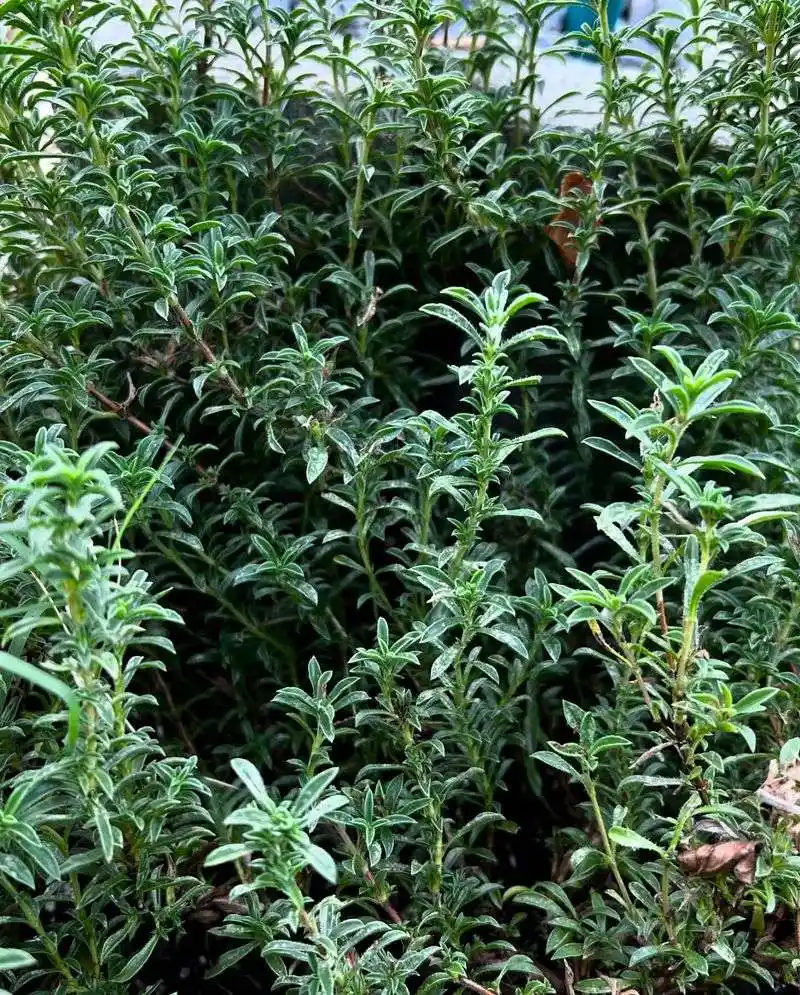
Winter Savory brings a peppery flavor that complements beans, meats, and stews. This hardy perennial is often used in winter dishes, hence its name. Its small, dark green leaves and white flowers add texture and interest to any garden. Winter Savory is not only a culinary delight but also known for its antiseptic properties. It thrives in well-drained soil and sunny locations, requiring little maintenance. By cultivating Winter Savory, you’re adding a robust flavor to your winter meals and a resilient plant to your garden.
Saffron Crocus
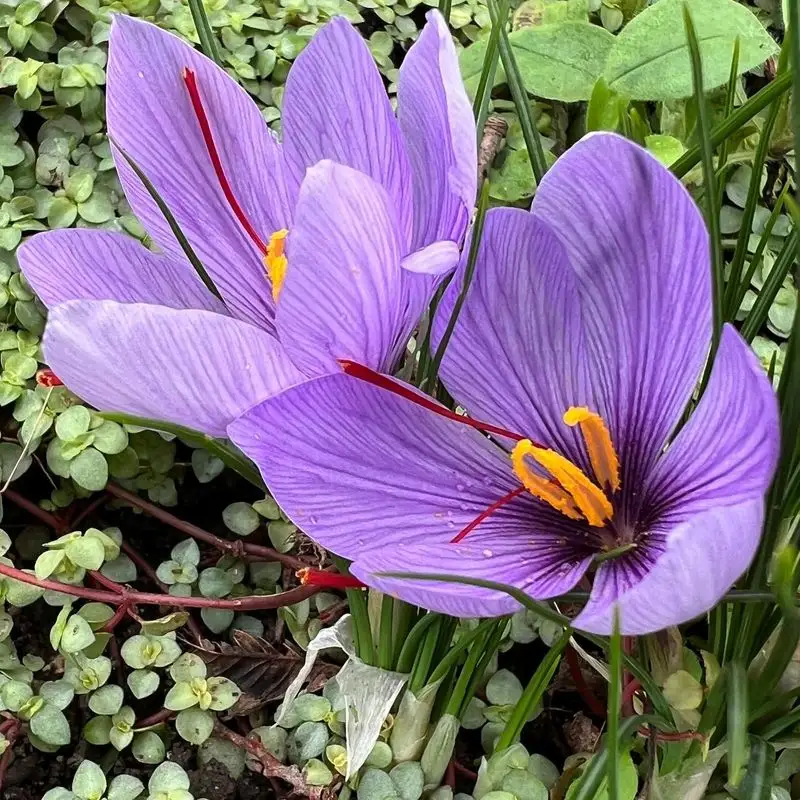
Saffron Crocus, recognized for its luxurious red stigmas, is the source of the world’s most expensive spice. The vibrant purple flowers are not only beautiful but also produce the delicate saffron threads cherished in culinary traditions worldwide. This autumn-blooming crocus prefers well-drained soil and sunny spots. Growing Saffron Crocus requires patience, but the reward of harvesting your own saffron is unparalleled. Including this plant in your garden invites not just color and beauty but also a dash of luxury and history.

